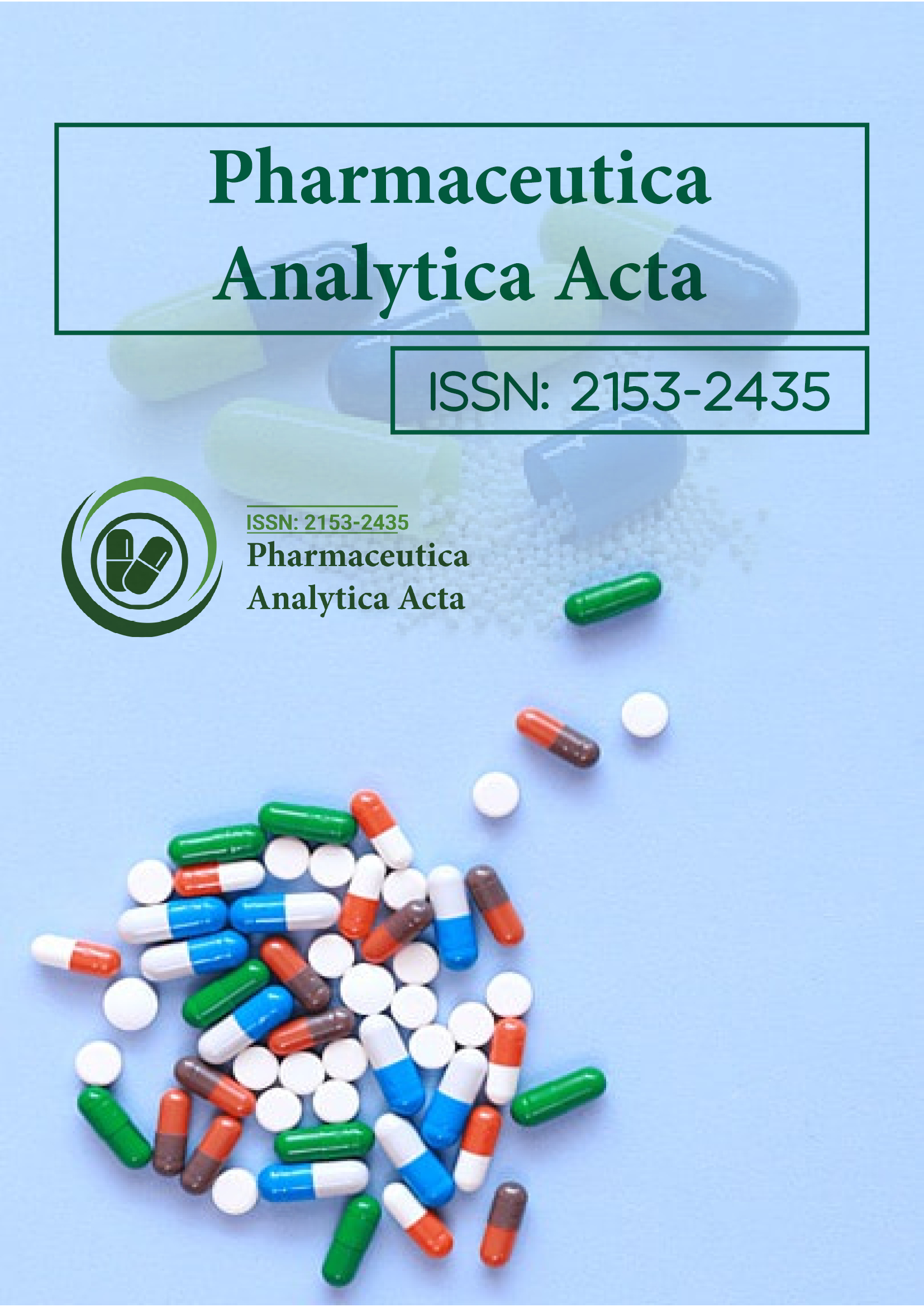索引于
- 打开 J 门
- Genamics 期刊搜索
- 学术钥匙
- 期刊目录
- 全球影响因子 (GIF)
- 中国知网(CNKI)
- 乌尔里希的期刊目录
- 参考搜索
- 哈姆达大学
- 亚利桑那州EBSCO
- OCLC-WorldCat
- 普布隆斯
- 日内瓦医学教育与研究基金会
- 欧洲酒吧
- 谷歌学术
分享此页面
期刊传单

抽象的
不同产地南瓜果实类胡萝卜素含量
沃莱格纳·纳吉玛
南瓜被认为具有医疗优势,因为它
类胡萝卜素含量。类胡萝卜素是与药物具有生物活性的混合物
潜力。胡萝卜素化合物,例如,
α
-胡萝卜素和
β
-胡萝卜素在人体中起维生素原的作用,而叶黄素
和玉米黄质是黄斑色素的两个重要组成部分
视网膜。目前已经进行了大量广泛的探索
考虑这些混合物对改善健康的好处
无论是对人类利用还是商业化目的都有好处。
这项研究的目的是识别类胡萝卜素
马来西亚五个独特产区的南瓜含量。
叶类食物中的类胡萝卜素含量会因特定因素而发生变化
因素,例如品种、发展水平、氛围
或创作的地理位置、所用植物的一部分、气候
农村建设、收割后照料、准备过程中的条件,
和能力条件。鉴于这些因素,可以采取措施
可以用来区分单个类胡萝卜素焦点 [1]。在此
调查,来自吉兰丹、登嘉楼、霹雳、吉打的南瓜
和马六甲都被破坏了。
免责声明: 此摘要通过人工智能工具翻译,尚未经过审核或验证